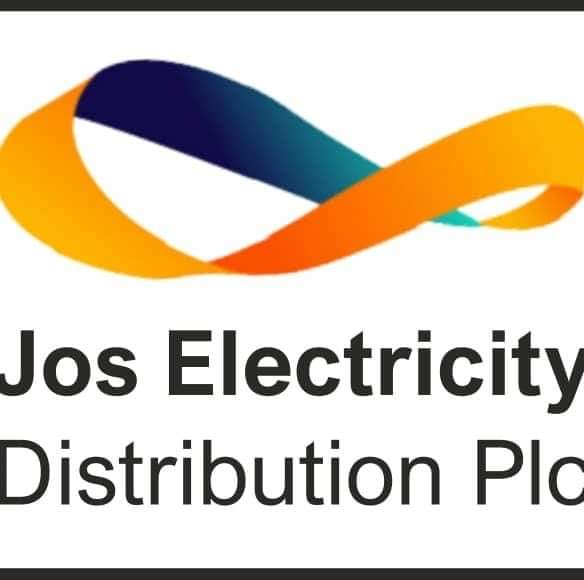In the Preventing and Countering Violence Extremism (PCVE) Policy Framework and National Action Plan (PFNAP), on page 36, three strategies, and three corresponding outcomes were identified and envisaged in the context of implementing Component One of the Program: Strengthening Institutions and Coordination of PCVE programming. The three strategies and corresponding expected outcomes are:
Strategy 1: Build institutional capacity of stakeholders in PCVE;
Outcome 1: Increased knowledge, awareness, and availability of timely and adequate information
Leading to adoption of PCVE values and programmes, change in practice and policy formulation.
Strategy 2: Strengthen coordination mechanisms and align the PC VE NAP with existing relevant strategies and programmes;
Outcome 2: Increased joined up, sustainable and complimentary approaches exist among key ac tors in dealing with enabling condition s to violent extremism.
Strategy 3: Strengthen and encourage continuous research and knowledge sharing on the rapidly changing phenomenon of violent extremism;
Outcome 3: Increased access to knowledge and resources for key actors to better implement PCVE initiatives and obtain better results.
As can be seen from the foregoing, the aim of the implementation of objective one is to build institutional capacity; strengthen coordination mechanism and ensure alignment with other policies and programs; and also, to strengthen and encourage knowledge generation, production and dissemination.
These stated aims were further clarified and amplified in the expected outcomes.
PCVE Programmatic Intervention Areas:
From the knowledge generated, experience acquired and lessons drawn from existing practice, PCVE Intervention Programs can be broadly categorised and grouped into the following:
1. Intervention programming – programmes that target “at-risk” audiences and seek to intervene in a person’s pathway to terrorist radicalization before the line of criminal activity is crossed. The programmes are voluntary and include referral mechanisms, psychosocial support, mentoring, theological/doctrinal debate, education and employment training and support, etc. Intervention programs are thus essentially programs that seek to mitigate the impact of VE activities and also seek to disengage VE group members from their groups.
2. Prevention programming – programmes that seek to reduce the appeal of violent extremism and build resilience to its influence and spread. The types of programmes that may fall under this category are: awareness raising on the threat of violent extremism in schools, public information campaigns and community debates, inter-faith and intra-faith dialogues, capacity building for teachers and community leaders in identifying and supporting those vulnerable to radicalization, media messaging and counter-/alternative narrative campaigns, and community trust building with law enforcement, etc. Prevention programs, are thus essentially programs that aim at disrupting adherence to VE ideologies and dissuade potential recruits from joining VE groups.
3. Rehabilitation programming – programmes that target individuals radicalized to violence and possibly their families at different stages of radicalization. The types of programmes include both prison-based de-radicalization/disengagement, other forms of custodial based deradicalization programs, and post-criminal aftercare programmes focusing on the rehabilitation and reintegration of repentant terrorist offenders and returning foreign fighters, and their re-entry into society. Some programmes offer educational and vocational training, counselling, employment opportunities and ideological re-education, etc. Experience is showing that rehabilitation of repentant VE offenders can have a chance of being successful, only when survivor communities are directly involved and engaged, and are also direct beneficiaries of rehabilitation programs.
4. Reintegration programing: That is programs designed to ensure the successful return of disengaged, reoriented and rehabilitated VE group member into the community as a useful member of society contributing positively to societal growth. Again, logic and experience show that reintegration is impossible without wider community participation and engagement.
5. Rehabilitation, Reconstruction, And Resettlement Programing: These are programs that are designed and implemented to directly target survivors of VE, and communities impacted by the activities of VE groups. These focus on provisioning the needs of Displaced persons, including access to basic amenities and infrastructure, as well as livelihoods and safety and security. It also includes programs aimed at rehabilitating displaced persons and other survivors; the reconstruction of destroyed communities; and the resettlement of displaced persons and survivors back to their reconstructed communities, and or communities of their choice. For such interventions to be successful, it is clear that the participation of displaced persons, and survivors, in the design and implementation of programs will be indispensable.
6. Strategic Communications: That is programs aimed at developing and disseminating narratives that counter the narratives of the VEs, including the development and dissemination of Alternative and Positive Narratives. Strategic Communications programing cuts across all the PCVE program spectrum.
Furthermore, strategic communications also deal with effective communication and messaging about shared understanding of Violent extremisms, and shared appreciation and understanding of PCVE responses. Implicit in the development, and deployment of strategic communications, therefore, is the necessity for co-creation, co-ownership, and c-dissemination of messaging and communication about VE and the responses being undertaken as PCVE.
Unpacking Objective One:
What does it mean to Institutionalise? To Mainstream? And to Coordinate?
Institutionalisation: to give effect to the desire to Institutionalise in the PCVE PFNAP, one must understand this sociologically, that is within the framework of sociology. To Institutionalise within this framework will thus mean to make something become an integral part of everyday practice and processes, within institutions and organisations of society, both state and non-state. Achieving this may also very well require establishing an institutional, that is organisational framework that will be directed mandated to drive the institutionalisation process. So, for instance, the mandate given to the NSA, and by extension ONSA to drive and coordinate all PCVE processes in the country. An entity may thus be charged with, or established for the purpose of driving this process. Implicit in this is that institutionalisation is not likely to take place, at least not effectively, in an inchoate and chaotic manner; but rather effective institutionalisation will be best enabled by deliberate and intentional processes.
Mainstreaming: to mainstream, essentially, is to normalize; to make something become an acceptable part of normal views, ideas, and practice. It thus requires a process of transition from a situation or context where a phenomenon is no longer unknown, considered strange, and treated as unacceptable; to a situation or context where it is now embraced, where the majority are not hesitant towards embracing the phenomenon. This way it thus become an acceptable part of life and existence for such a society, and its institutions.
Coordination: Co-ordination is the unification, integration, synchronization of the efforts of group members so as to provide unity of action in the pursuit of common goals. It is a hidden force which binds all the other functions of management. It is important to take a management approach to the understanding of coordination, because it is essentially about the management of human and material resources towards the achievement of a stated, collective goal.
It is sufficient to add that coordination, in this sense presupposes the following; Joint Planning; Joint Training; Joint Resourcing; Joint communication; Joint deployment; joint programming; and joint monitoring, evaluation and learning. It is instructive to point out that the usage of joint here, is in the context of integrated.
Furthermore, for coordination in this sense to be effective, it should take place at three levels at the minimum – the strategic political level [oversight, ministerial for instance]; at the Command/Management Level [the Departments, agencies and other entities]; as well as at the field, that is operational level. Effective coordination thus takes place only when coordination is happening at, and involves personnel at the three levels.
It is clear from the forgoing therefore that institutionalisation cannot take place without effective coordination; and that mainstreaming will not happen, without institutionalisation.























